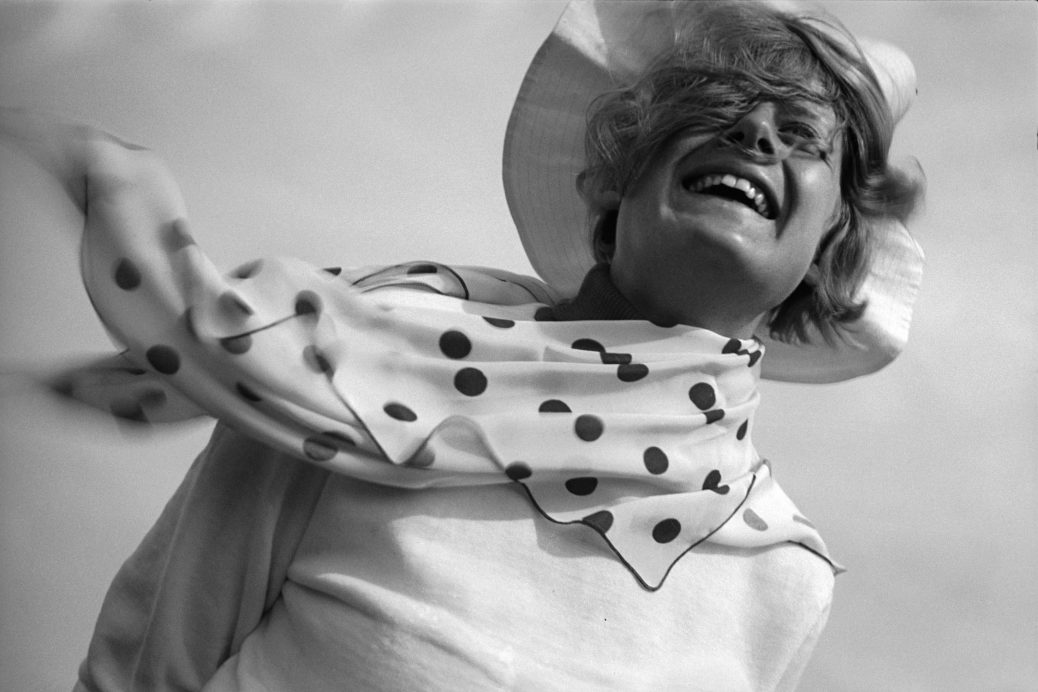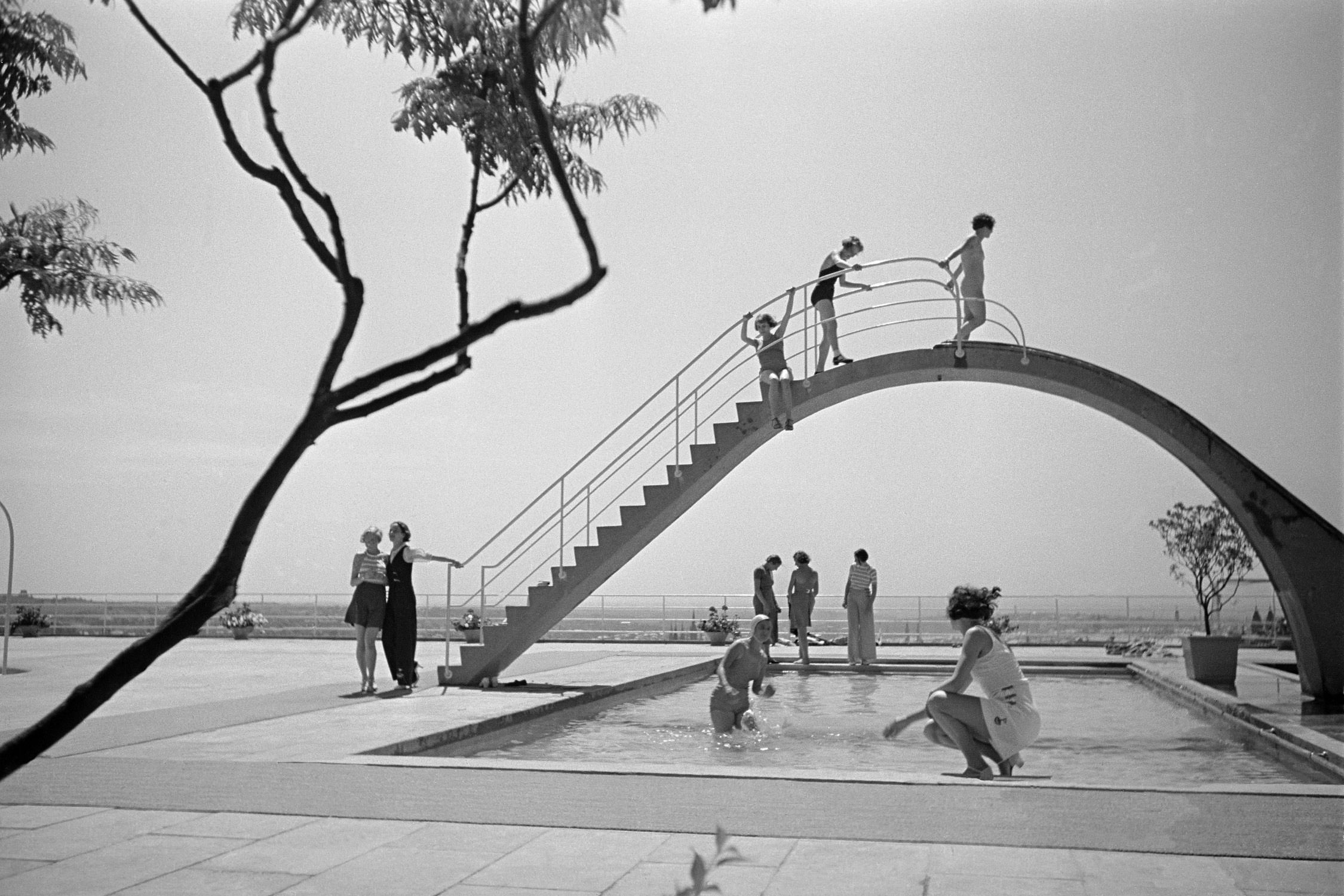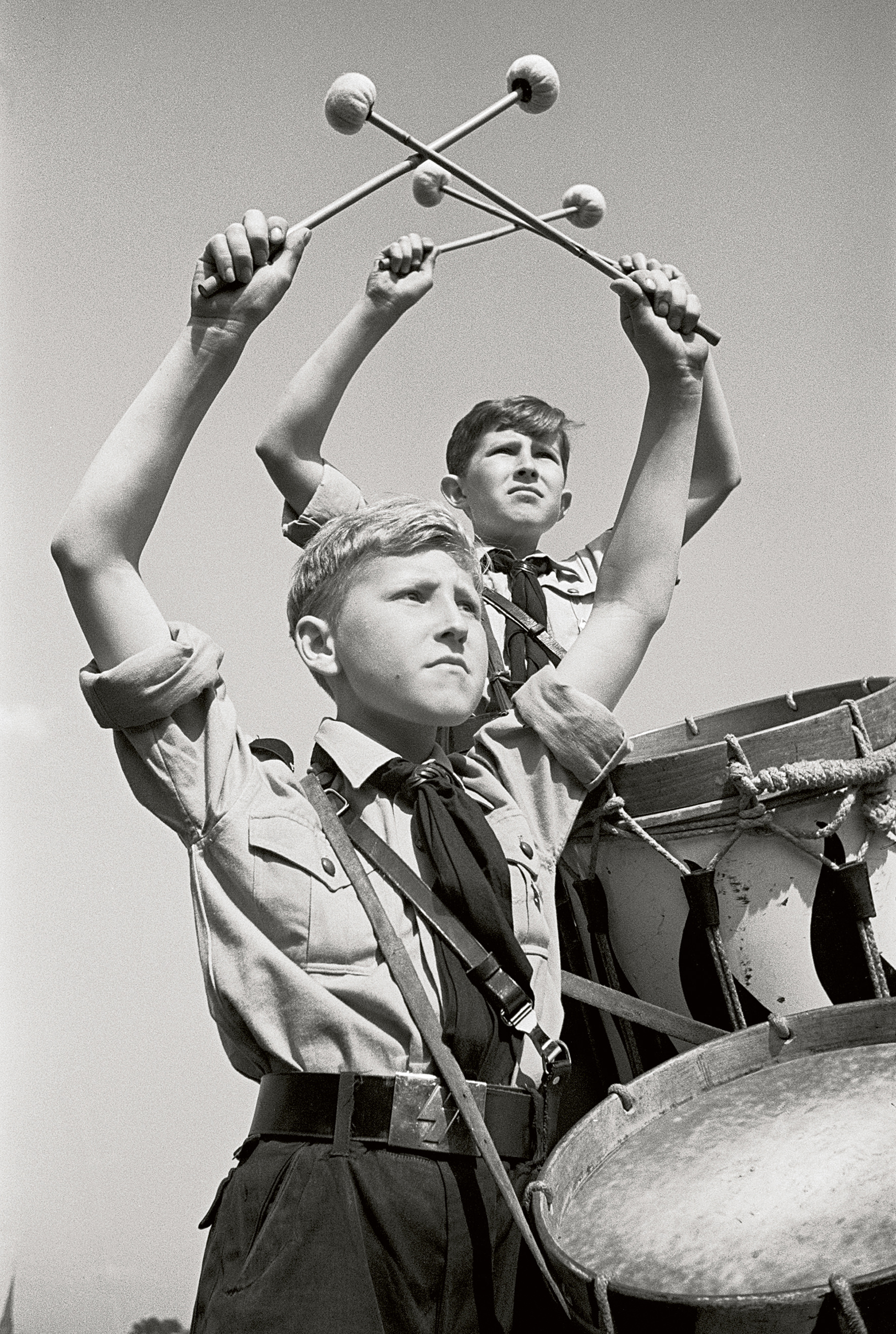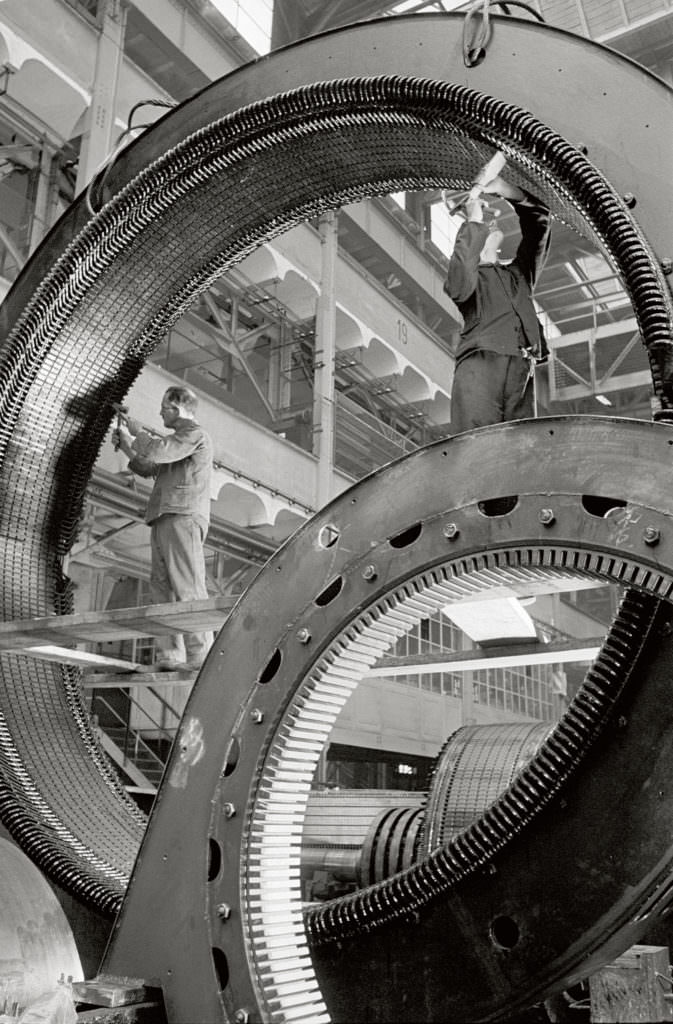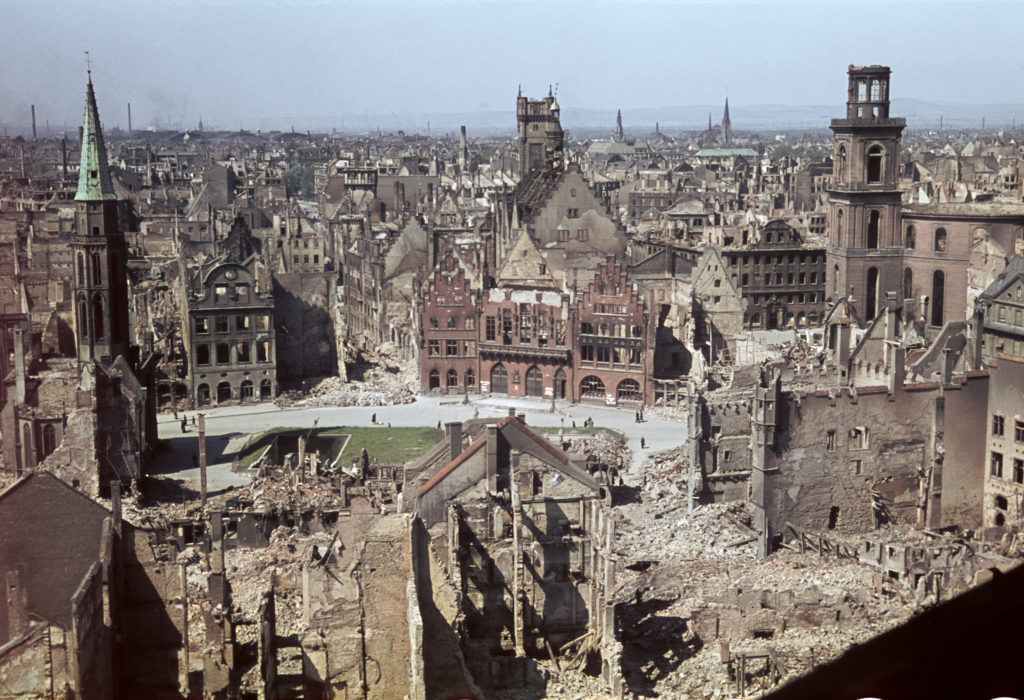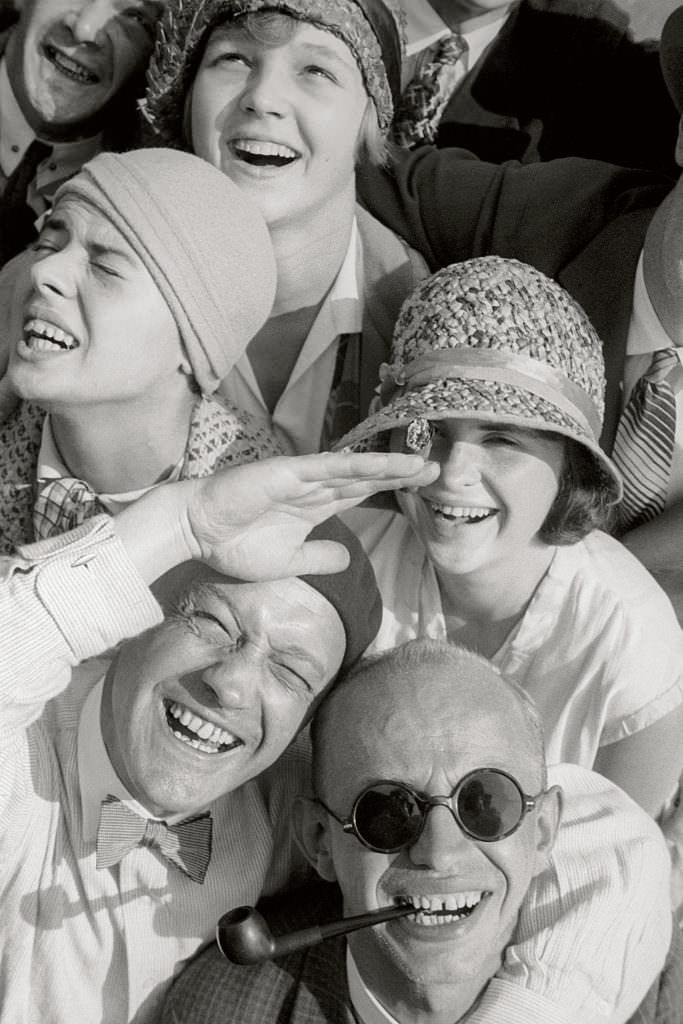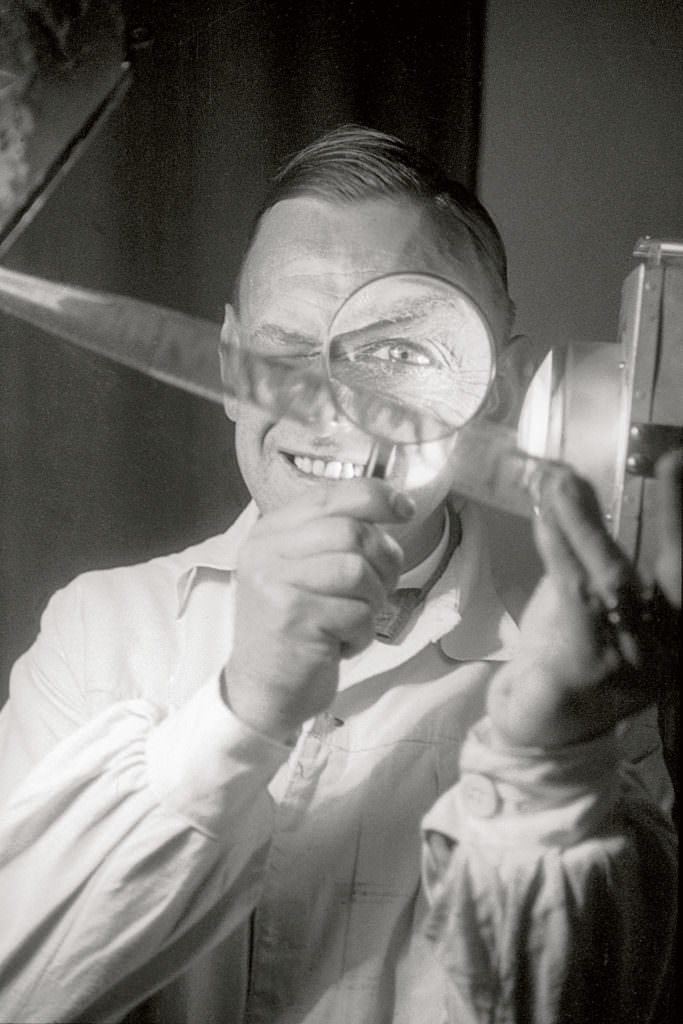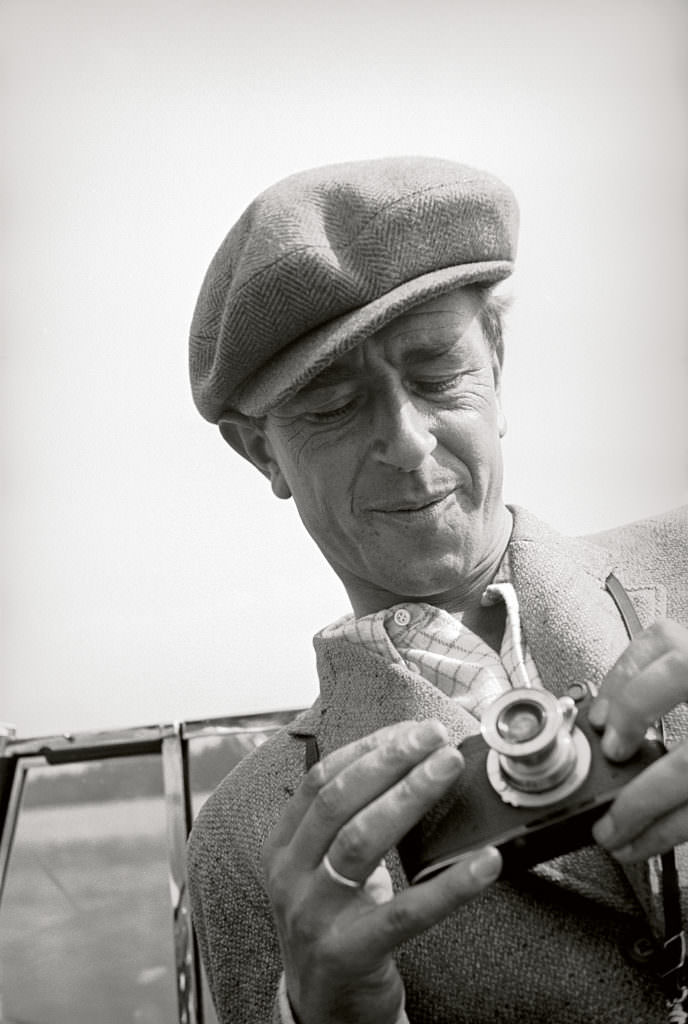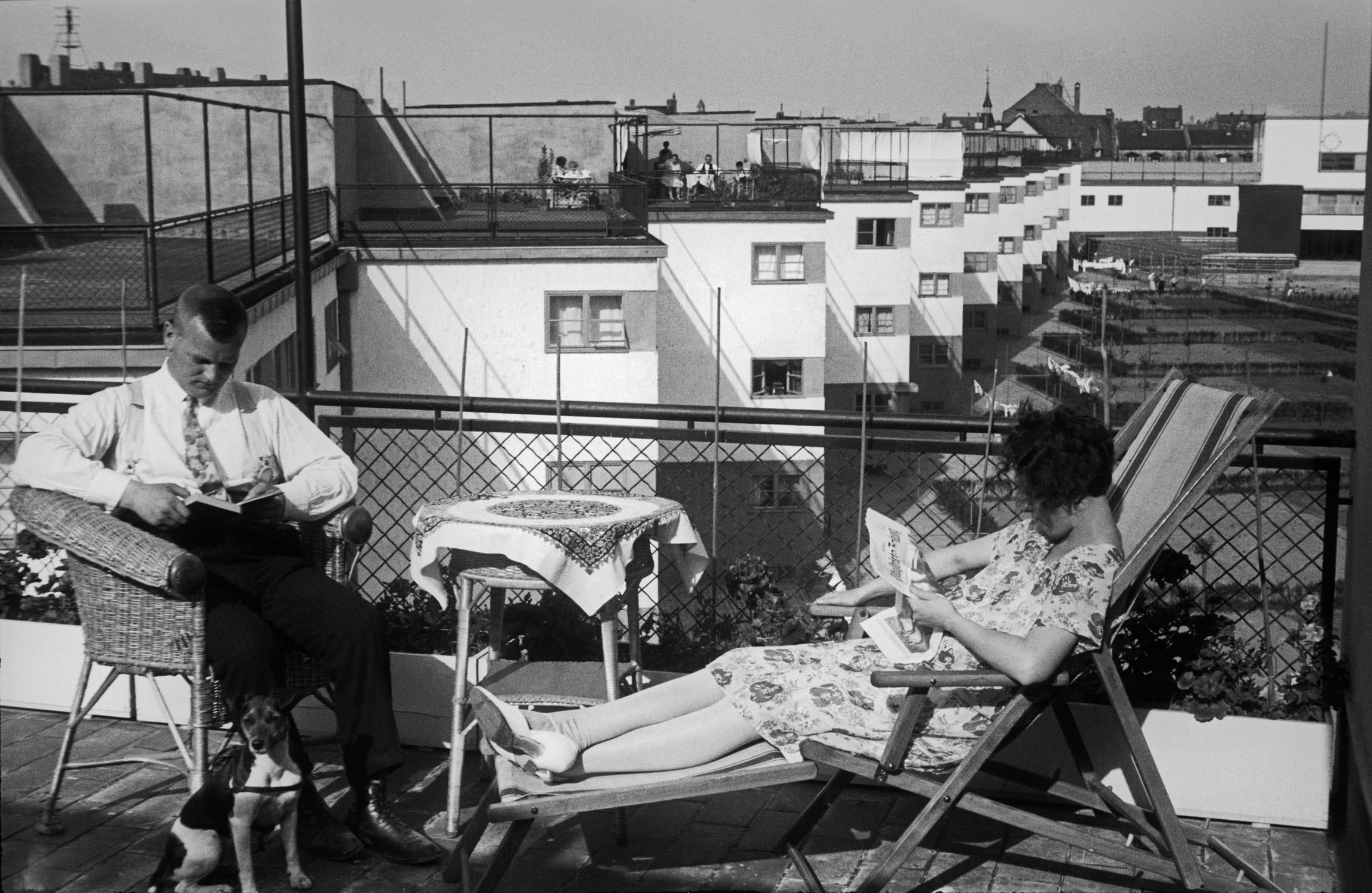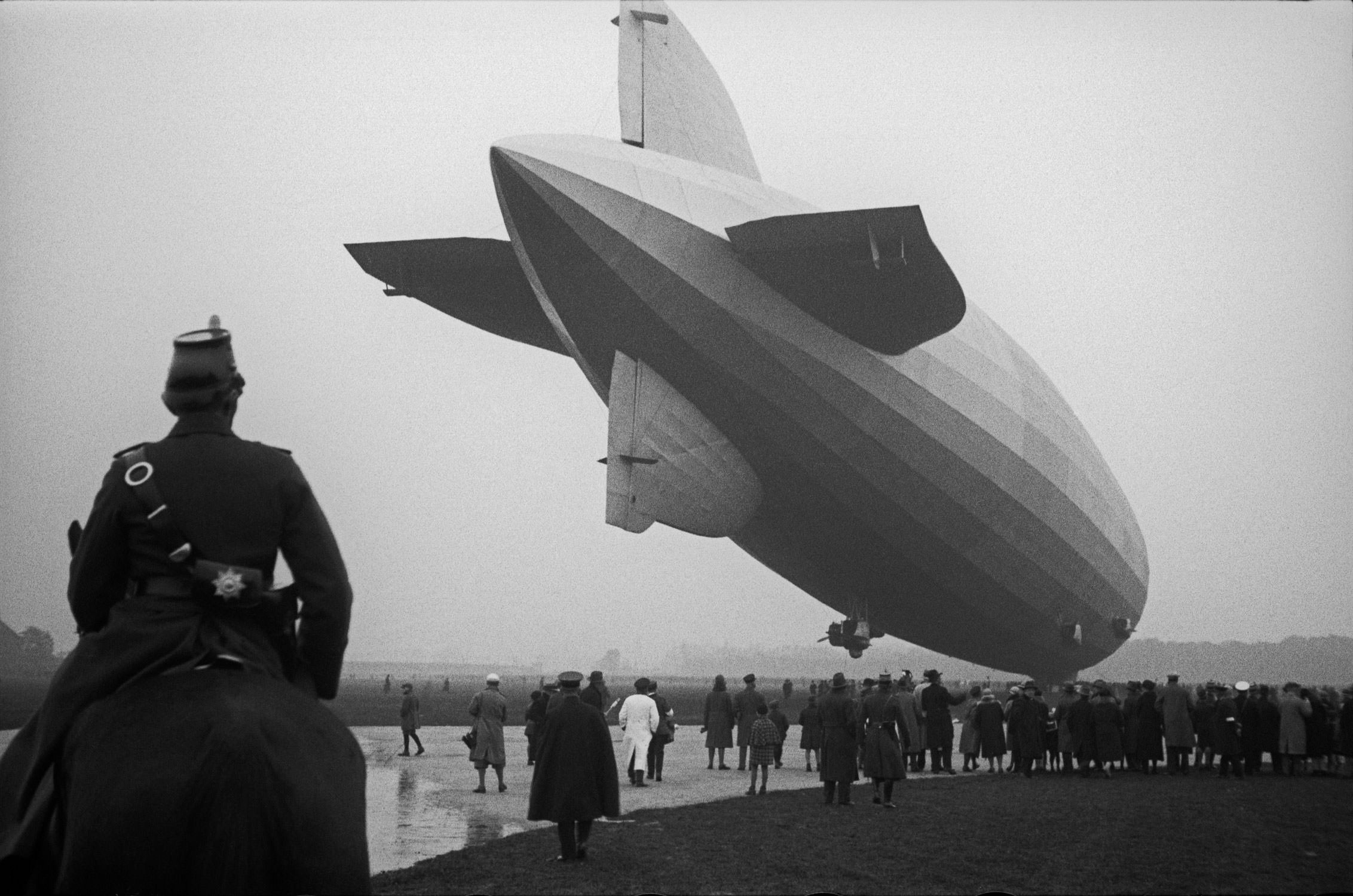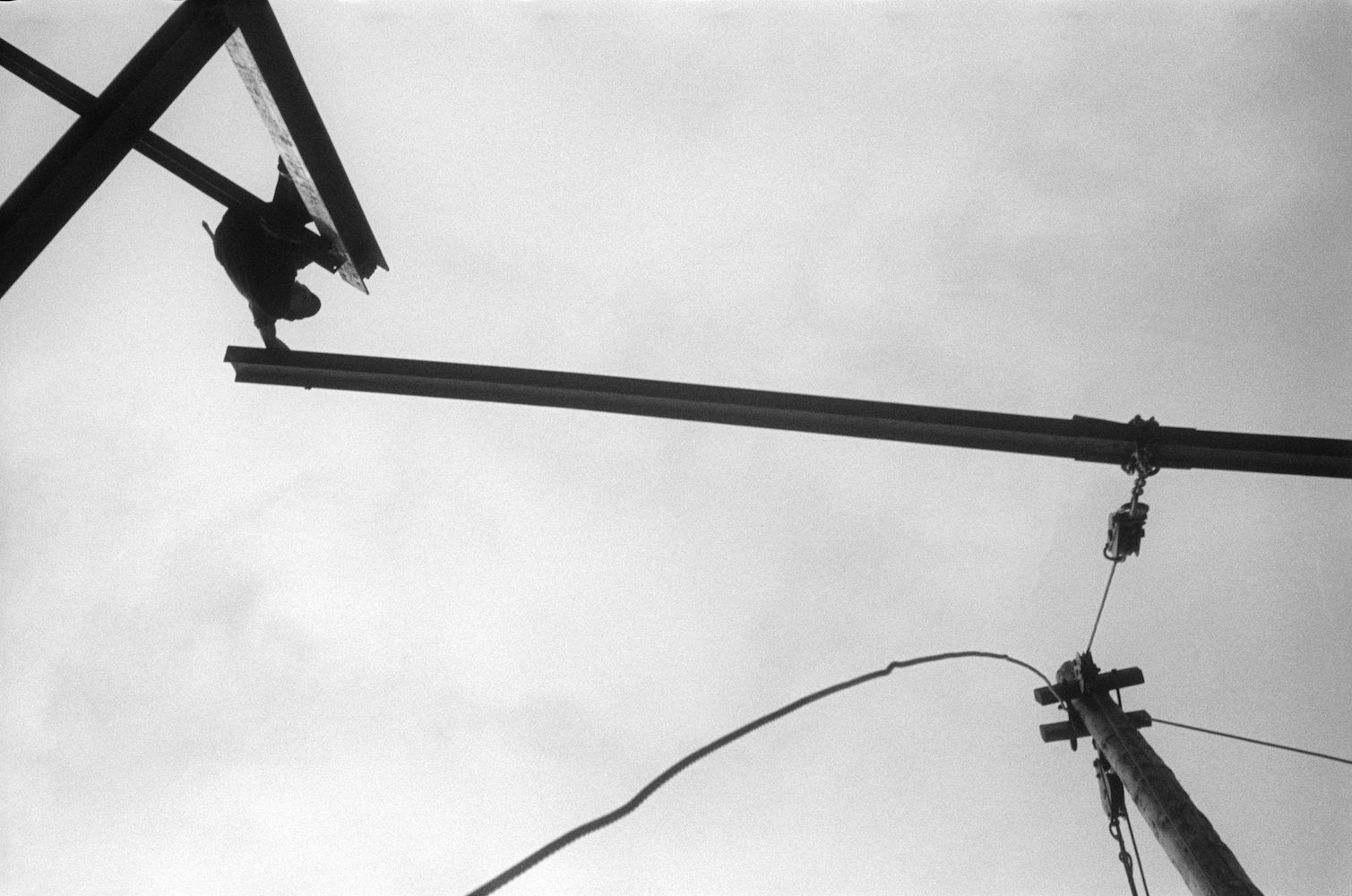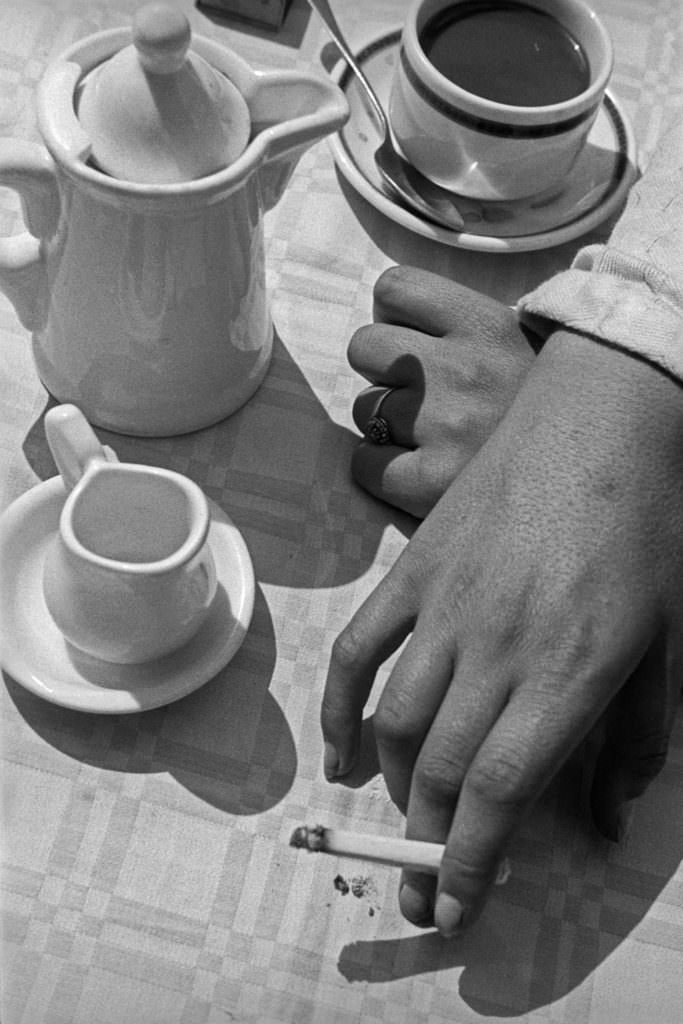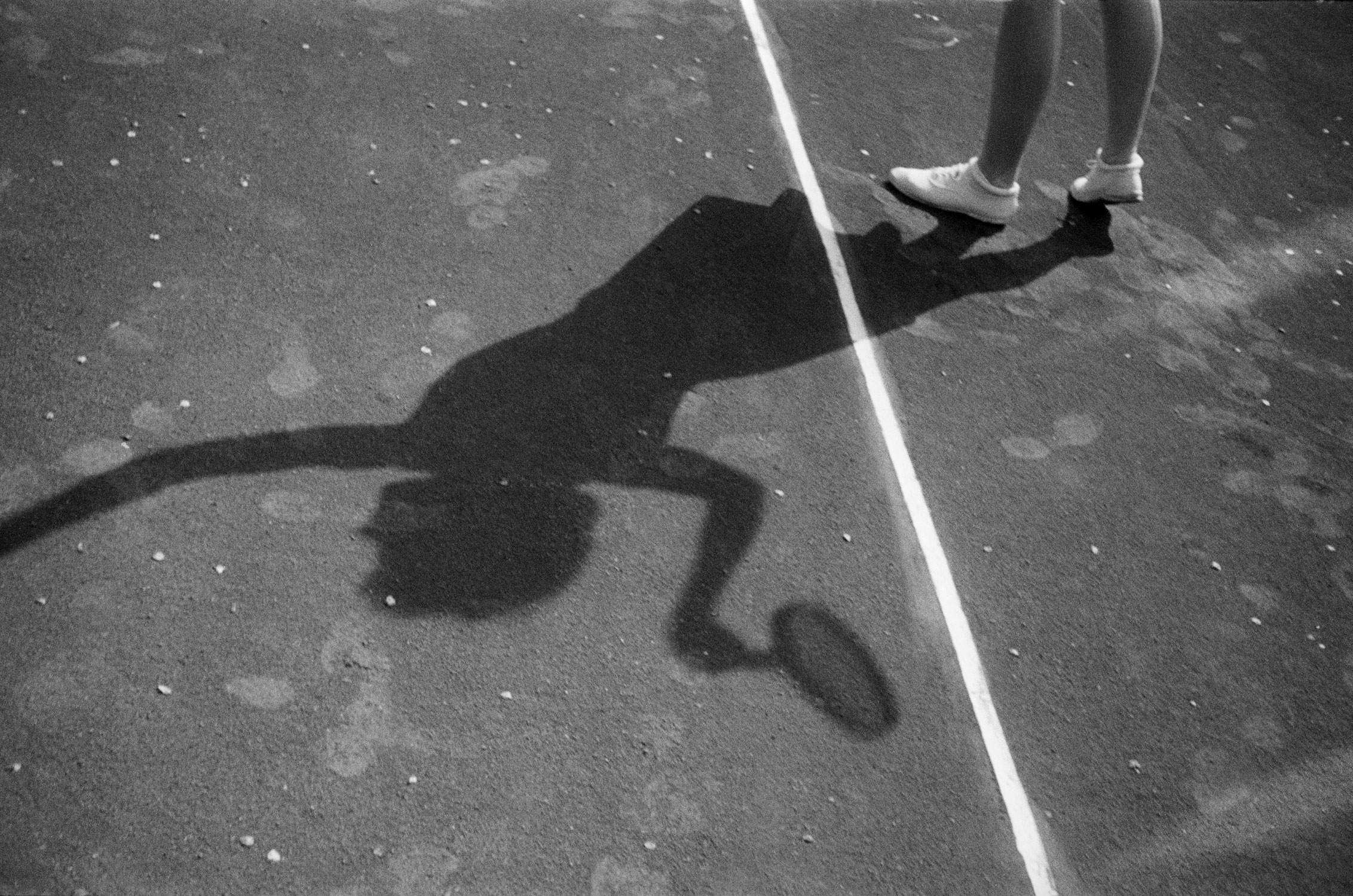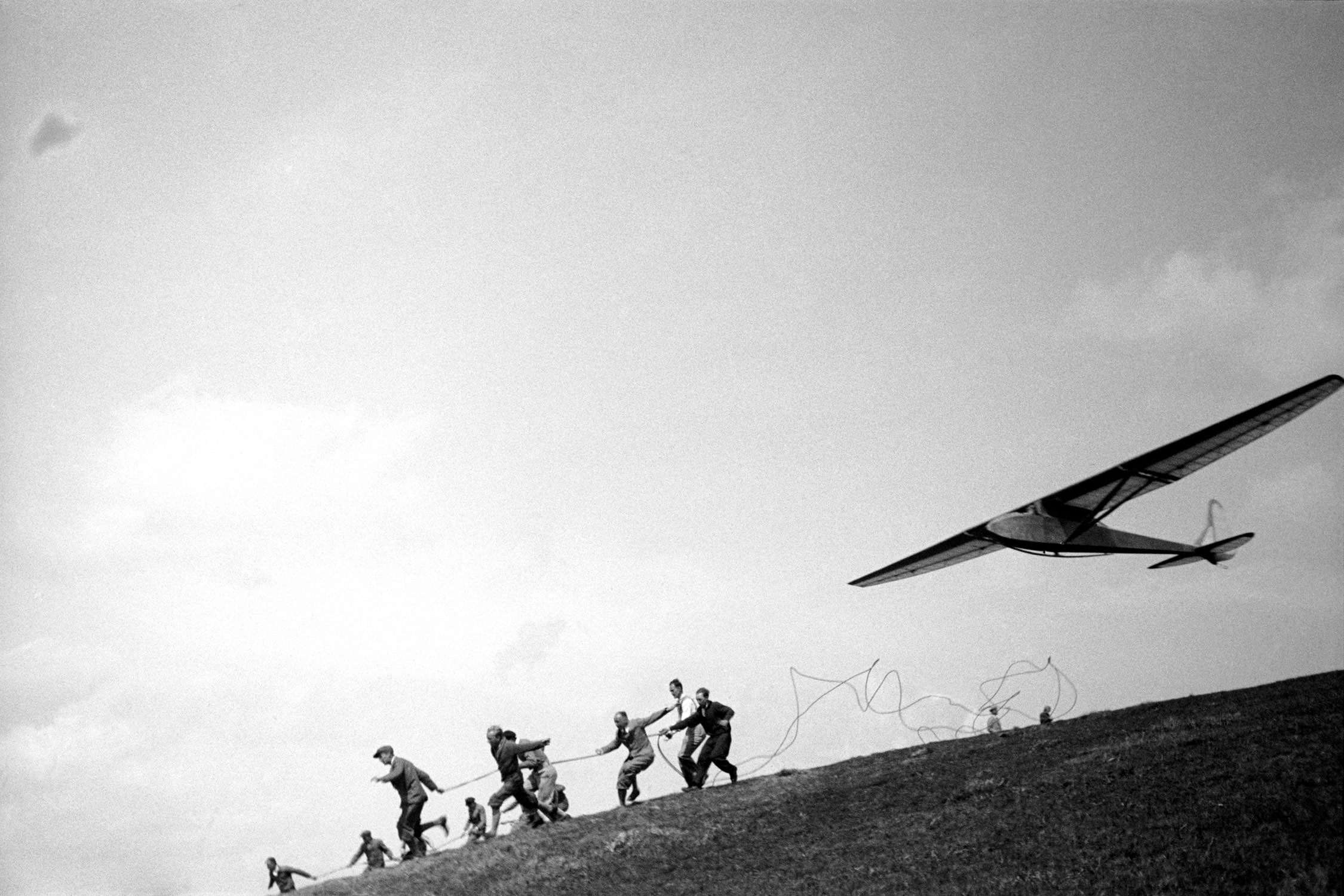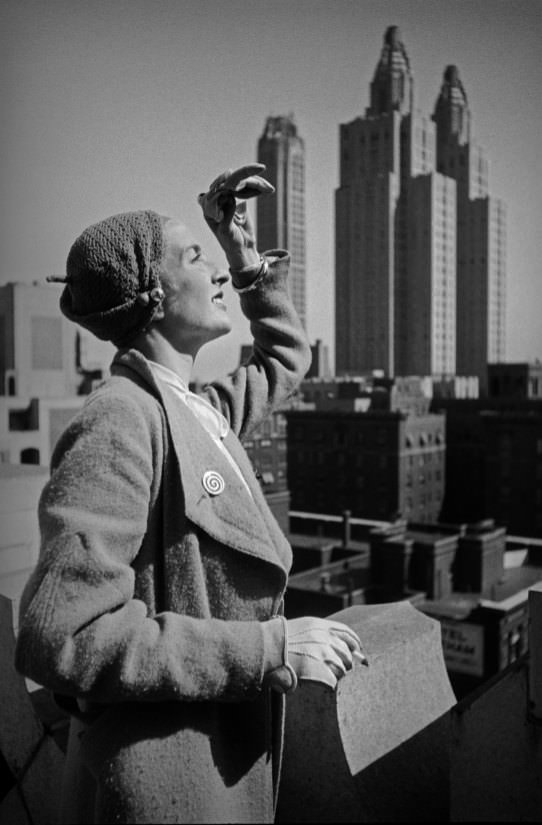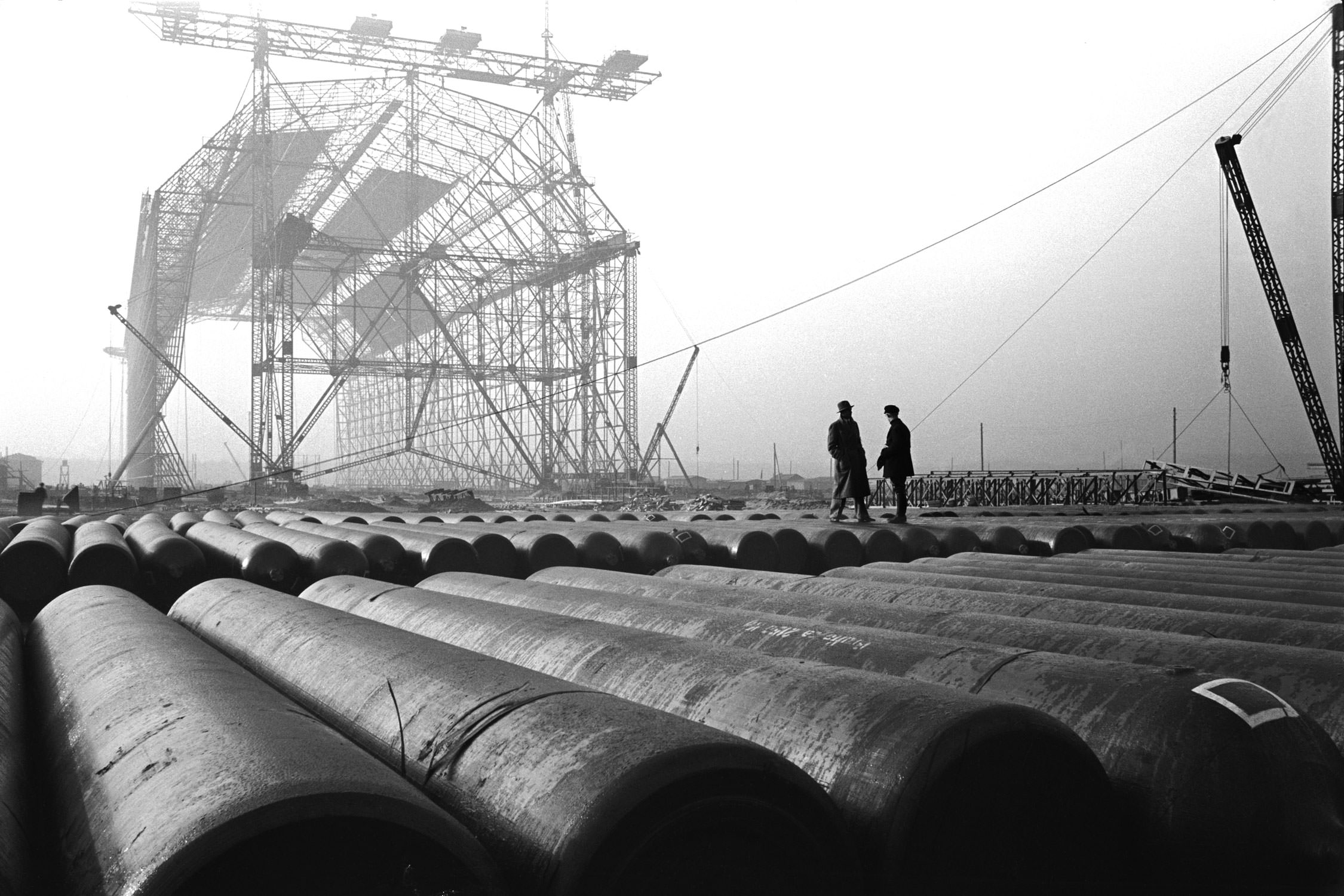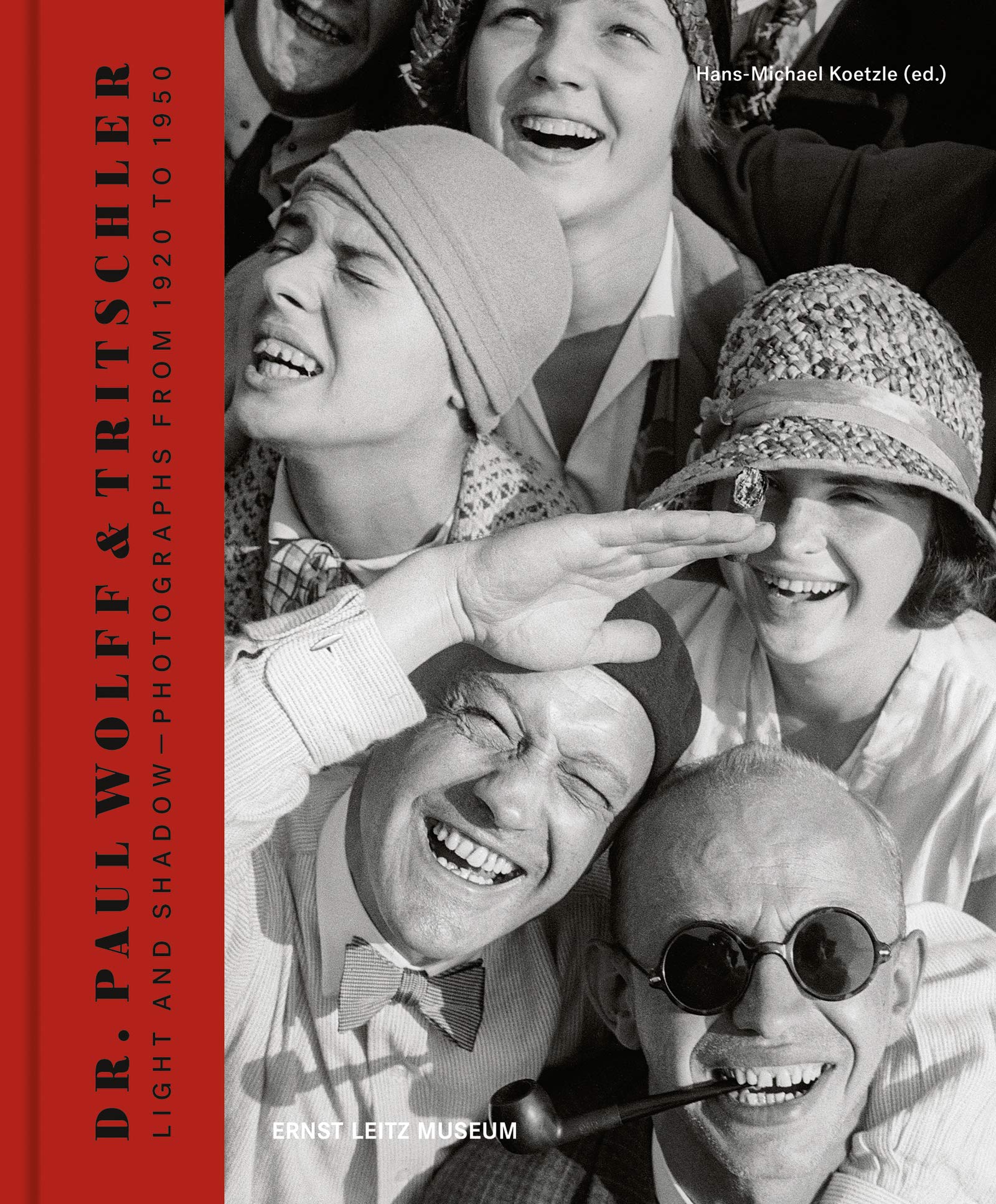Dr. Paul Wolff & Tritschler: Light and Shadow
Dr. Paul Wolff & Tritschler: Light and Shadow
Starting in the 1920s, Dr. Paul Wolff and his business partner, Alfred Tritschler, photographed all the significant events and developments of their times: the construction of the autobahns, steamship travel, Zeppelin flights. In 1934 they founded the company, Dr. Paul Wolff & Tritschler, a photo atelier working on a diversity of assignments. They were considered pioneers of the Leica. The meticulous research of an exhibition and photo book was carried out by the author, curator and Leica expert Hans-Michael Koetzle. The project marks the inauguration of the new Ernst Leitz Museum in Wetzlar.
This first major retrospective covering the life and work of Dr. Paul Wolff (1887–1951) and Alfred Tritschler (1905–1970) rediscovers two of the most culturally and historically significant German photographers of the first half of the 20th century. Even today, Wolff & Tritschler are renowned as outstanding pioneers of Leica photography, outstanding technicians and pioneers of a vibrant style of illustrative photography and reportage. Their estimated 700,000 pictures reflect all significant trends in photographic modernism, from the movements known as ‘Neues Sehen’ (New Vision) to ‘Neue Sachlichkeit’ (New Objectivity).
Active from the middle of the 1920s, Wolff & Tritschler accompanied key events and developments of their times with their cameras – the building of the autobahns, steamship cruises, architectural modernism and the Olympic Games of 1936. Not least this broad thematic spectrum, in combination with their eye for the moment, a passion for seeing and showing, and a clear commitment to the camera as a medium for communication in the age of technology, made their oeuvre so exceptional.
The exhibition runs from June 28, 2019, to January 26, 2020, at the Ernst Leitz Museum, Wetzlar.
The extensive exhibition catalog features contributions by Sabine Hock, Randy Kaufman, Hans-Michael Koetzle, Kristina Lemke, Günter Osterloh, Tobias Picard, Gerald Piffl, Shun Uchibayashi, and Thomas Wiegand.
To this day, Wolff & Tritschler are familiar names as pioneers of the Leica, as forerunners of a lively style in illustrative photography and reportage. In terms of formal aesthetics, the two photographers demonstrated a range between convention and New Objectivity, between homeland style and New Vision. There was virtually no topic that Wolff & Tritschler failed to cover. Their photographic work shapes our notion of the old or »New Frankfurt« just as much as it stirs our longing for faraway places, as evoked by their shots from journeys by car or ship or flights on the Zeppelin. In sum, no small number of contradictions characterize the work of Wolff & Tritschler over three decades. However, precisely that makes their oeuvre, which oscillates between service provision and artistic aspiration, between avant-garde and adaptation, a rich seam for a broad-based historical and critical examination.
“By chance, I won a Leica as a prize at the Photographic Exhibition in Frankfurt am Main, and since that time my whole inclination pertains to the grand life, the world’s unlimited expanse, all that the compact camera is called to capture.” (Dr. Paul Wolff)
Artist: Alfred Tritschler, Paul Wolff
Editor: Hans-Michael Koetzle
Texts: Sabine Hock, Randy Kaufman, Hans-Michael Koetzle, Kristina Lemke, Günter Osterloh, Tobias Picard, Gerald Piffl, Shun Uchibayashi, Thomas Wiegand
Design: Alessandro Argentato, Hamburg
Hardcover: 464 pages
Publisher: Kehrer Verlag (September 3, 2019)
Language: English
Size: 9 x 1 x 11 inches
Weight: 5.9 pounds
ISBN-13: 978-3868288810
ISBN-10: 3868288813
Though Paul Wolff formally studied medicine and became a physician, the French government that controlled Strasbourg after World War I restricted him from practicing. As a result, he turned to photography, an interest that had begun in his teenage years. Wolff had published his first portfolio, which contained romantic views of his hometown, in 1914. After the war, he first worked as a camera operator, then as a free-lance photographer. In 1924 he co-founded the successful firm Wolff & Tritschler with his partner Alfred Tritschler. Wolff won a Leica camera at the Frankfurt Photography Exhibition, which he then used to illustrate several books he wrote to popularize techniques using the small-format instrument. Not one to limit his subject matter, Wolff made portraits, landscapes, and still lifes. He continued to photograph and to publish books on his use of the Leica camera until his death.
Hans-Michael Koetzle is a Munich-based freelance author and journalist, focusing mainly on history and the aesthetics of photography. He has published numerous books on photography, including Die Zeitschrift twen (1995), Photo Icons (2001), Das Lexikon der Fotografen (2002), René Burri (2004), Eyes Wide Open! 100 Years of Leica Photography (2015).

